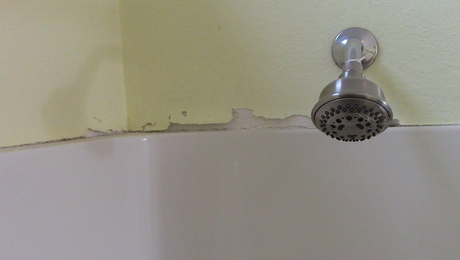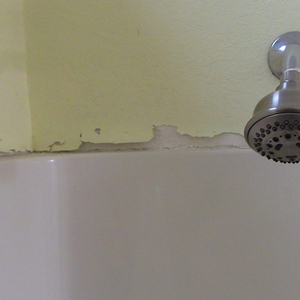I’m want to build a wall using speed (or fast) cinder block-the type that aren’t mortered end to end and have an interlocking joint-but can’t seem to find any info on the construction techniques involved. The local building supply dealers are of no help. Searching on the web hasn’t turned up anything useful so if anyone has any links it would be greatly appreciated.
thanks,
Kit



















Replies
Only speed block I know of is used on big walls for vert. rebar spaces.
Sounds like a great idea though.
When I was younger my brother's father in law got us this stuff called "Z-Block" from commercial office building jobs he was supering.
If they still make it, it's a handy product. The ends of the block would interlock with each other and rebar supports were moulded in. The ends of the block were open so the grout would flow without obstruction. You'd stack so much of it and then grout it solid. Was like ICF forms only made from CMU.
"Let's get crack-a-lackin" --- Adam Carolla
yes that's what I'm talking about. I have found it, just want some more info on (properly) installing it). Thanks,Kit
I can tell you how we did it.
Make sure the first course is pefectly level, set in mortar on the footing or slab. Dry stack the rest of the blocks and place rebar in size and location as required by your local code. If your code doesn't say, my advice would depend on your application -- we were building a one story porch with a basement underneath -- placed rebar every other course horizontally and I think every 3 or 4 feet vertically (this was a long, long time ago so I can't remember every detail).
If you don't have a concrete pump coming, build a chute/sluce out of scraps so you can dump wheelbarrow loads of grout into the cells. Fill the cells. Done.
Another method involves surface bonding the block instead of grouting the cells solid. I've never done a block wall that way. I have used surface bonding cement to stabilize a brick wall and it goes on basically like stucco.
"Let's get crack-a-lackin" --- Adam Carolla
While sitting in the county planning office last week I picked up a concrete trade magazine. One of the adds I looked at was a vibrator that buzzed the rebar in the CMU cells...looked like a great idea. I dont see why you couldnt do almost the same with an orbital sander or touching a regular concrete vibrator to the rebar.
Thanks for the info. So you don't mortar the the top and btm of the blocks and just rely on the concrete and rebar to hold it together?
>>"Thanks for the info. So you don't mortar the the top and btm of the blocks and just rely on the concrete and rebar to hold it together?
Yup, if the blocks you are using are the same as I used many years ago, they are just like concrete ICF forms (the kind that make a "waffle" wall). Fill 'em with concrete and you get horizontal and vertical bond beams. Best I can remember, we stacked 3 walls about 6 foot high and had no problems. Makes a very solid wall.
I don't know exactly what you have, so you may want to check with the manufacturer as to exactly how they expect you to use them (if they expect that you'd mortar the horizontal joints based on the exact shape of the blocks, you'd better do that). Thinking back, I'm pretty sure there had to be corner blocks that have one end closed. Also, they might be able to give you specs for size and location of the rebar.
"Let's get crack-a-lackin" --- Adam Carolla
If your looking for retaining wall blocks...
http://www.versa-lok.com/
http://www.allanblock.com/
Thanks but I'm not looking for retaining wall but structural wall for a building.Kit
Here is an option that get's you insulation, too.
Lots of install info on their site. Also featured in a recent FHB.
http://www.durisol.com/
I researched for my project, but went with T-mass in a poured wall instead.
http://www.thermomass.com/
Adventures in Home Building
An online journal covering the preparation and construction of our new home.